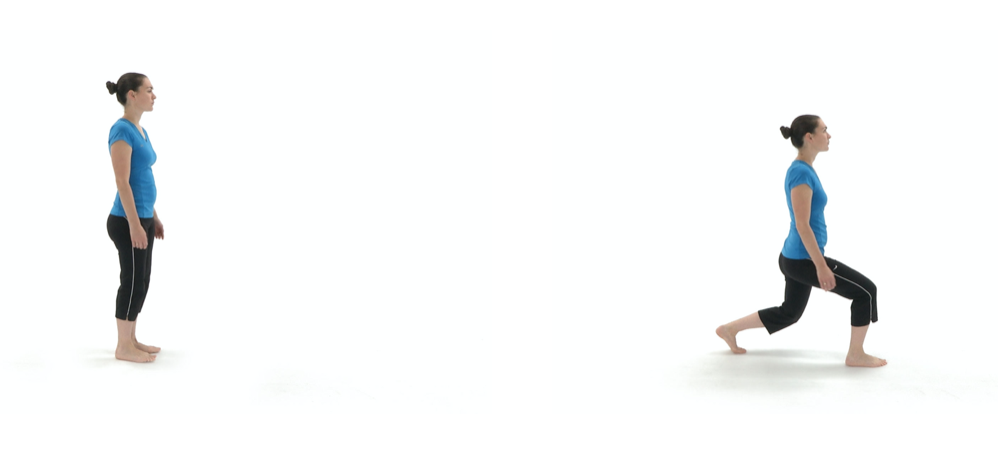WHAT ARE THE BEST EXERCISES FOR KNEE OSTEOARTHRITIS?
What are the best exercises for knee Osteoarthritis?
Research has highlighted how effective exercise can be to help manage knee Osteoarthritis. The majority of the evidence demonstrates how effective strengthening exercise is for knee Osteoarthritis but aerobic exercise is also known to be effective. There probably isn’t a best generic set of exercises for knee Osteoarthritis as everyone is so unique. Differences in stages of disease, levels of irritability, goals and expectations, levels of mobility and strength, medical history and previous training experience mean it is almost impossible to provide a one size fits all approach to knee exercises for OA.
However, what do we know about exercise for Osteoarthritic knees?
We do know that exercise is good for knee Osteoarthritis. Several studies have highlighted the beneficial effects of strengthening and aerobic exercises for knee Osteoarthritis. These benefits include a reduction in pain, disability and improvement in walking ability, general function and self confidence.
We do know that the use of a self paced approach, where patients can determine their own intensity and work at a close to pain free level, is better for exercise adherence and subsequently long term management of the condition.
We do know that exercise is effective therapy for knee OA, regardless of age, sex, BMI, radiographic status, or baseline pain.
We do know exercise can lead to endorphin release which is known to reduce pain levels and disability.
As well as symptomatic relief, we know that Improvements in strength and proprioception gained from exercise can reduce the progression of osteoarthritis.
Exercise adherence is the principle predictor of long-term outcome from exercise. So stick with it!
We also know that exercise can play an important role in a weight management program. A higher BMI is a known risk factor for knee Osteoarthritis, so by reducing BMI it is thought this will reduce the load through the knee.
The most optimal Duration/dosage/repetitions/frequency of exercise is currently unknown from an evidence perspective.
As such, we cant produce a series of exercises or a specific dosage of exercise which are categorically the best exercises for knee Osteoarthritis from an evidence based perspective. However, we can provide some easy to manage exercises which are manageable at home, with minimal equipment and are easy to progress/regress when required.
So here are PhysioHubs favourite 5 exercises for the management of knee Osteoarthritis. (All images courtesy of Physiotec).
The exercises should be challenging but not too painful. An example of an appropriate circuit to start with, would be to choose one exercise from each of the 5 groups below and perform each exercise x12 times (x3). Performing this circuit 4 days a week.
SQUATS
Squats are a really functional exercise and great for strengthening the quad muscles (in front of your thigh) and gluteal muscles in your bottom.
Some early stage exercises shown below. To progress, add weight and/or increase the depth. Ensure you are safe and stable.
LUNGES
Lunges work similar muscles to the squats but they are generally a tad harder as they favour one leg and require more strength, control and balance. There are many ways to progress these exercises. The easiest way again is to add weight and increase depth. Hold onto a chair if you feel wobbly.
BRIDGES
Bridges are another series of exercises that work the muscles in your bottom and hamstrings (muscles in the back of your thigh) predominantly. There are lots of ways to progress including adding weight, increasing speed, reducing your base of support, using a raised surface. Here a few simple early bridge examples below
HIP ABDUCTION
These exercises work the muscles on the outside of your hip and help to stabilise your pelvis and support your knee. Again there are lots of ways to progress these including adding resistance bands and working in more challenging positions such as a side plank position. A few early hip abduction exercises are shown below.
CALF RAISES
These exercises work the muscles in the back of your lower leg which help you push off when walking and help straighten the knee. These can be progressed by adding weight such as wearing a rucksack, reducing support, moving from single to double leg, adding speed and maybe adding a plyometric component (explosive jumpy movement).
Physiohub - Online Physiotherapy Explained



















